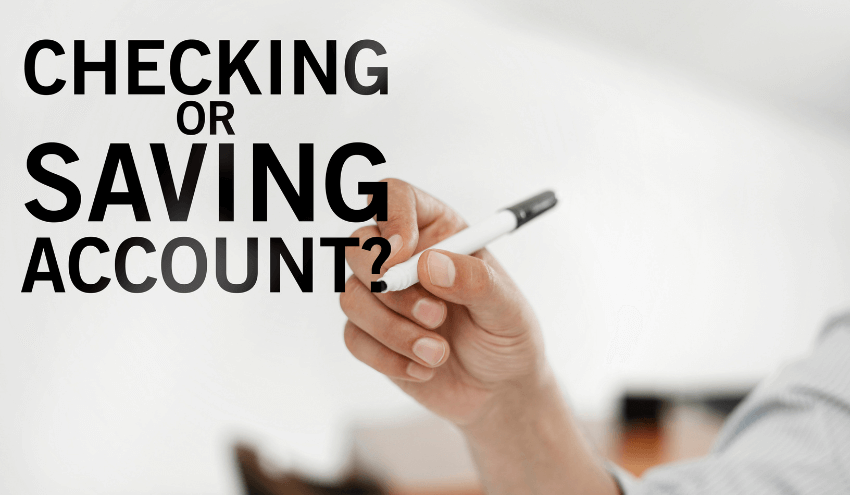Open banking is a popular concept in the EU and the Asia-Pacific region, but it might feel like a new concept here in America. That’s because it hasn’t caught on yet and become completely common-place in US banking. But open banking is growing—and for good reason. Read on to learn more about what open banking is and how it works.
Open Banking Defined
What is open banking? Open banking is a system that allows financial institutions to securely share customers’ financial data with third-party organizations. This data includes everything from account balances and transactions to credit scores to when you opened your account and more.
Open banking allows customers to access their financial data through third-party services, such as online money management tools and apps. It also allows third parties to access a customer’s financial data through the same application programming interface (API) that banks use to securely share the data. This creates a win-win situation for both consumers and financial institutions that want to keep up with evolving customer demands and expectations.
Open banking enables customers to access financial services such as budgeting, investment advice, and payments, in an efficient and secure way. By providing access to this data, open banking provides consumers with more control over their finances and allows them to make informed decisions about their money. With open banking, customers can also take advantage of innovative new financial services and technology.
Fintech companies have taken advantage of the opportunities provided by open banking to continue to innovate and provide people with many helpful services and products that can help them manage their finances.
How Does Open Banking Work?
Open banking enables customers to access their banking data through a secure online application or a mobile app. This data can include account balances, transaction history, payment information, and more. It also allows customers to request funds transfers and make bill payments through the same application. Customers can also use these applications to get financial advice from third-party providers and access investment services.
Third-party providers use an application programming interface (API) provided by banks to securely access customers’ financial data and make the requested changes. Customers can also grant these providers access to their financial data so they can offer them personalized financial services such as budgeting, savings advice, and investment guidance.
What are some examples of open banking in the wild? Here are a few examples that help show how open banking works:
- Budgeting apps. Apps like You Need a Budget and Mint provide budgeting services, but to make those work, the apps need access to customers’ financial data about their transactions and account balances.
- Payment information on third-party sites. If you have ever used Venmo or PayPal, you have probably benefited from open banking. These services can save your financial information to make payments easier. Customers can even save more data on sites like Facebook and Amazon to make payments and purchases easier.
- Financial planning services. Meeting with a financial advisor can be helpful for expanding an investment portfolio, creating a retirement savings plan, or just getting a better grip on finances. Financial planners can access all the information they need with open banking, so customers can get the most out of these services.
These are just a few of the ways open banking has been transforming the way people interact with their financial information and how they can take more control of it.
Benefits of Open Banking
Open banking provides customers with more control over their finances by allowing them to access their data securely and choose which services they want to use. But what are the benefits of open banking to the companies, banks, and industry as a whole?
- Provides real-time customer service. Customers today are used to real-time and thorough customer service. When customers use a service that can’t have access to their financial data, they can’t receive the customer service they expect. On the other hand, financial institutions can be bogged down by an influx of customers, while open banking allows customers to turn to other sources which makes it easier for everyone to receive real-time service.
- New technologies help to streamline costs. Financial firms can actually use open banking as a way to help streamline costs. Open banking opens the way for new technologies that can be highly beneficial for financial institutions and that can help reduce and streamline costs for the firm itself.
- Opportunities for new business channels with new products. For a lot of financial institutions, the same business channels are used. But open banking opens up new opportunities with new products and services, which also means that there can be new business channels that can expand business.
- Faster time to market with new products. Time to market used to be a minute. But open banking helps speed processes along because it facilitates relationships between tech startups and financial institutions.
- Simplified lending processes. Having easy transfer of data between financial institutions and third-parties can help lenders make faster decisions on qualifications, which customers love.
- Increased personalization. Customers—more than ever—are looking for a personalized experience with their services, and open banking can help make that a reality.
Are There Risks of Open Banking?
While open banking can bring many benefits to customers and financial institutions, some people are worried about certain risks. The main risk with open banking is that there could be problems with privacy surrounding financial data. Third-parties that aren’t the customer or the financial institution will have access to data.
Financial institutions must follow strict rules when sharing consumers’ financial data with third parties. This includes implementing the latest security protocols and authentication systems and monitoring the secure exchange of data between customers, financial institutions and third parties. But third-parties don’t necessarily have the same rules.
Customers should be (and usually are) careful about which services they share their data with and monitor their accounts for any suspicious activity. There is also a small risk that financial institutions and third parties will not properly secure their customers’ financial data and it will be exposed to malicious actors. As data becomes more and more interconnected, organizations will need to take more responsibility in securing data.
Different countries have different regulations when it comes to open banking and approaching these risks. In the EU, open banking is a mandatory rule set by the European Banking Authority and customers must have secure access to their data by the end of 2020. These regulations help keep data secure and open banking flourishing. In the US, several lawmakers and federal agencies have issued guidelines to encourage the adoption of open banking. Regulations and good practices will help mitigate the risks of open banking and keep customer data safe—while helping customers, firms, and businesses take advantage of the benefits of open banking.
The Bottom Line
Open banking will transform the way customers manage their finances and interact with financial institutions. It is important to understand how it works and the potential benefits it can bring. Open banking gives customers more control over their data and allows them to access new financial services and technology.
Ready to learn more about open banking? TAB Bank has so many resources for you to better understand open banking and its benefits. Learn more about the future of open banking, and learn more about the digital transformation open banking is driving.



